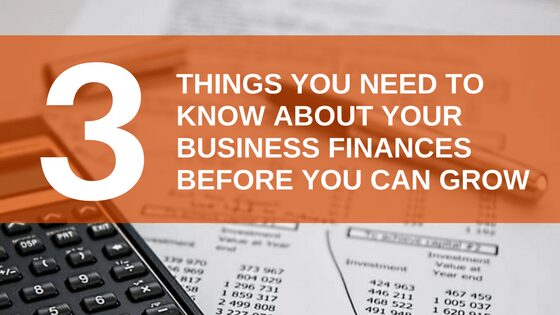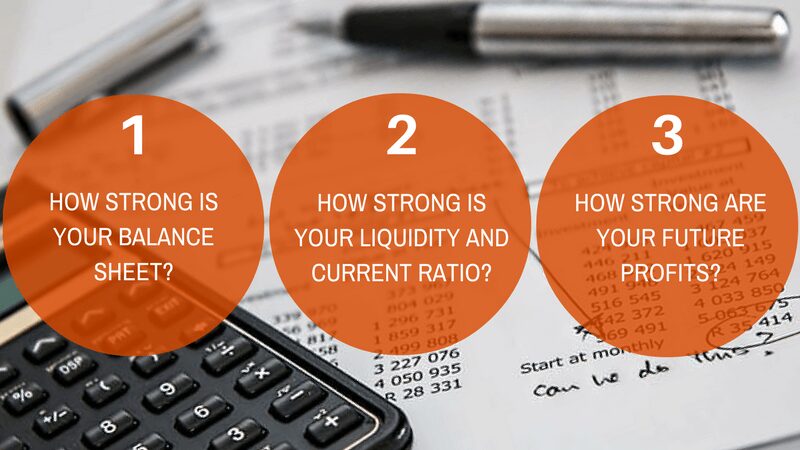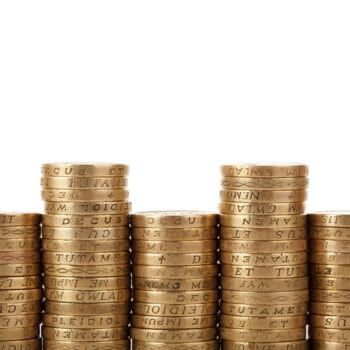
Business Finances – 3 Things To Know
3 Things You Need To Know About Your Business Finances Before You Can Grow.
Before we start planning and imagining where your business can get to, you need to understand what the strength of the business currently is. It is important to know a few things about your business finances first.
I remember when I was a young lad going out sailing in my dad’s Merlin Rocket dinghy with him and a friend. It was one of the first times that I got to go in my dad’s boat, which was a very fast sailing dinghy. I was really excited. It was a windy, stormy day. I remember the waves seeming a lot larger when I was in the boat than when I’d been on shore. I was already feeling a bit nervous only to realize the boat seemed to be filling up with water. There was a crack in the hull. Being the skivvy on-board, my job was to bail out as my dad and his friend tried make the boat go faster. Funny thing, the faster we went, the more water came into the boat, and the faster I had to bail out. We spent most of the race with water halfway up our calves but didn’t have to retire and did actually finish the race.
Business is much like a boat. If your business is leaking profit and cash flow, the faster you go can actually make it leak faster. It’s a sad fact that more companies go bust as they’re growing than those that are in a stable or even declining revenue position.
What are some of the things that you need to know about your business first?

1. How strong is your Balance Sheet?
Accountants do not always explain Balance Sheets well to Business Owners. Fundamentally a Balance Sheet shows you what you have (your Assets), less what you owe (your Liabilities) which equates to what you own (Your Equity). A good way of understanding a Balance Sheet is by thinking about your house. Let’s say your house is worth £500,000, you owe £300,000 on a mortgage, which means the value of your ownership of the house, or your equity, is £200,000.
A Balance Sheet works in the same way. Your Assets are what you have. These may be Fixed Assets such as property that are used by the business over a long period of time. You may also have Current Assets which are used in the short term, such as Stock, Accounts Receivable and Cash at the Bank. Your Liabilities are what you owe. These may short term Current Liabilities such as Accounts Payable, VAT, PAYE etc. They may also be longer term such as a Long Term Loan.
If you total your Assets and Liabilities up and then take Liabilities away from Assets, just like the Equity in your property this leaves you with your Equity or what you own. In accountant-speak, we call this Net Assets. Obviously, the bigger your Net Assets or the larger your Equity, the stronger your business is to face any storms that it finds itself in. This is because that Equity can be used to finance any losses or very low profitability until you can get your profitability and cash flow sorted out.
Investing in growing your business is a risky business. You may be hiring a sales person and need to cover their salary for 6 months before they start making reasonable sales. It may be more machinery, a new property, a new shop etc. Whatever it is you can be real sure that the returns will take longer than you want them too. Before you think about investing in growth, make sure you understand how strong your Balance Sheet and ability to weather the storm is.
2. How strong is your Liquidity and Current Ratio?
You may have a strong Balance Sheet, you are Asset rich and Cash poor. Put more technically you have weak Liquidity. In the short term, this is what really kills a business. What do I mean by the term Liquidity? This refers to the amount of Cash that you have or other Assets that will turn to cash in the short term less the amount of Liabilities that you must pay in the short term. If you have Liquid Assets or Cash that covers the amount you’re going to have to pay out in the next few months, and preferably several times over, then whatever happens to Profit in the next months, you’re in a strong position to sit out while you make other changes.
Accountants have several ways of calculating the amount of Liquidity in a business with various ratios. As a good indicator of those ratios, we’ll talk about the Current Ratio. The Current Ratio is your Current Assets divided by your Current Liabilities. If you’ve got Current Assets that are much higher than your Current Liabilities, you’re in a good Liquidity position. The higher your Current Assets, the higher your Current Ratio, and the better your Liquidity position. Current Assets will include Cash at the bank, Trade Debtors or people who owe you money, Stock, and Other Debtors where cash may be coming in in the short term. Current Liabilities will be your Trade Creditors or Accounts Payable plus any Taxes and other Liabilities that you have pay within one year. The higher the ratio you have, the more cash you have to fund losses or delays in cash flow which may result from a new initiative.
So far, so good?
3. How strong are your future Profits and how quickly will they flow into Cash?
Once you fully understand the strength of your Balance Sheet and how liquid it is, you then need to assess you your future profitability, particularly in the next few months and how quickly those profits will flow into cash? You may be in a bad liquidity position, but you know that the profits that are going to come in, and as they flow through to cash, will resolve that within a certain time scale.
This is where you start to need to understand your profit forecast and how that flows through into cash which both start from your opening Balance Sheet position. The more tight your finances and Cash balance and the bigger any investments in growth you are making, the more essential it is for you to have accurate financial statements as the starting point and robust forecasts moving forward. Forecasts should ideally by 3 way Profit, Cash Flow and Balance Sheet forecasts. You may also want to factor in some uncertainty with Best, Worst and Expected sensitivity scenarios.
If your finances are tight or you are making significant investment decisions and would like to chat to a qualified Part Time Finance Director do give us a call on 0115 9480115 or schedule a free meeting with us Here.



